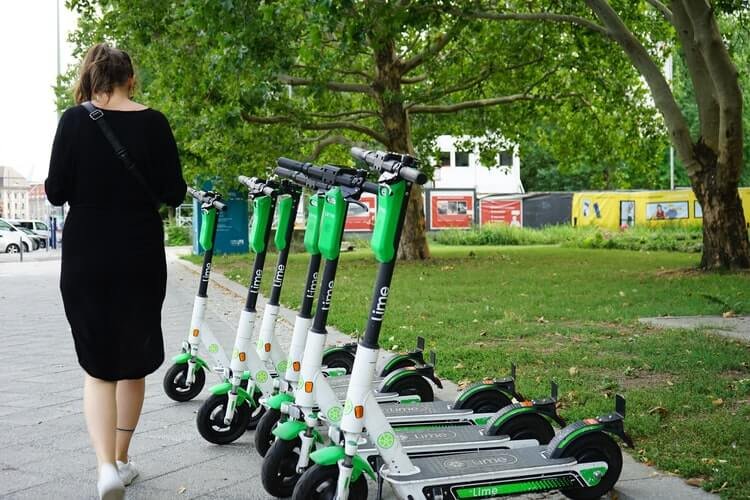Forget about flying cars or the Hyperloop – personal electric vehicles are the future of transportation. Industry insiders have always said that micro mobility and autonomous driving are expected totake over the transportation industry in about 10 to 20 years. But in 2019, the sudden proliferation of personal EVs such as hoverboards, electric bicycles and monowheels appears to be a clear indication that we are on the brink of a major change in the way we get around. However, according to a Tampa personal injury attorney the state laws surrounding the use of these vehicles has yet to catch up with the technology. These devices have not only made commuting easier, but they have also proven to be far better for the environment than their combustion engine counterparts. They’ve also proven to be more cost-efficient, as some personal EVs can be carried around when not in use, eliminating the need to pay for a parking space. Here’s a look at how micro mobility is the future of transportation.
More hoverboard users within the next six years
A recent study has found that the hoverboard market is about to reach $1.7 billion by 2026, up from $886 million in 2020. The research has also revealed that the health crisis is one of the reasons for the growth in hoverboard use this year as it’s a convenient way to get around without disobeying social distancing rules.According to Hover Patrol, it’s always a good idea to look at factors such as speed, safety and range if you’re looking to get your own self-balancing scooter. Moreover, knowing how the hoverboard will perform on different terrains will also ensure that you get the right device.
Bike countries are now heavily investing in electric bicycles
Countries such as Denmark, The Netherlands, Germany and China are known to have the most bicycle users in the whole world, but even these bike countries are making the shift to e-bikes. For instance, it was reported last year that the Dutch are spending more on electric bicycles, and the average cyclist is willing to shell out about€1000 or $1,200 for an e-bike. While traditional bicycles won’t be on their way out anytime soon in these bike countries, the growing preference for e-bicycles indicates that this device may be part of their new normal within 10 to 15 years. Moreover, e-bike sharing services have made their way to key cities such as London, and it is likely that more countries will be offering this service in order to make e-biking more accessible to everyone.
The rise of the monowheel
Riding on a one-wheeled electric vehicle may take a lot of nerve and practice, but there’s no denying that it’s a cool and futuristic way to roll into work or school. It all started in 2012 with the electric standing unicycle, Solowheel, which was followed by the Onewheel -essentially an electric skateboard with one thick wheel right in the middle of the device. Most monowheels can go up to 20 mph, making them an ideal option if you want to get around at a leisurely pace. But as city dwellers are increasingly using these devices to get to work, new models that go as fast as 31 mph, such as the InMotion V11, have been introduced to the market this year, and are currently in demand among young urban workers.
In the coming years, it’s likely that new types of personal electric vehicles will be developed to make our daily commute more fun and less of a hassle. Indeed, micro mobility is set to become the future of transportation, and we should be ready to gear up and roll with the changes in the way we move.



